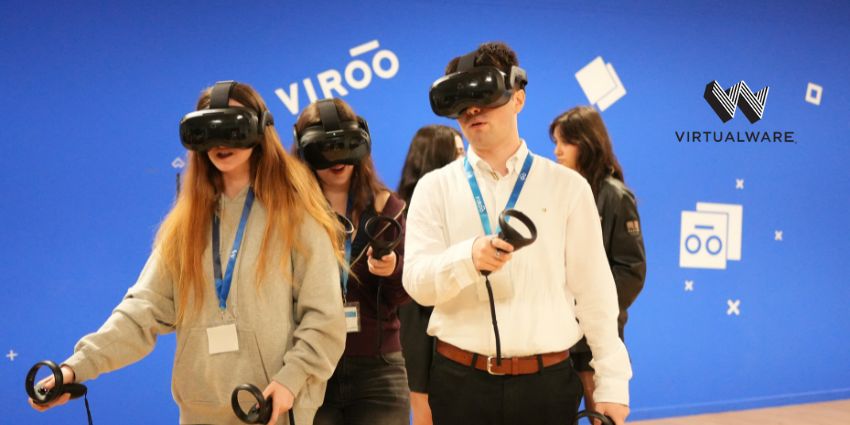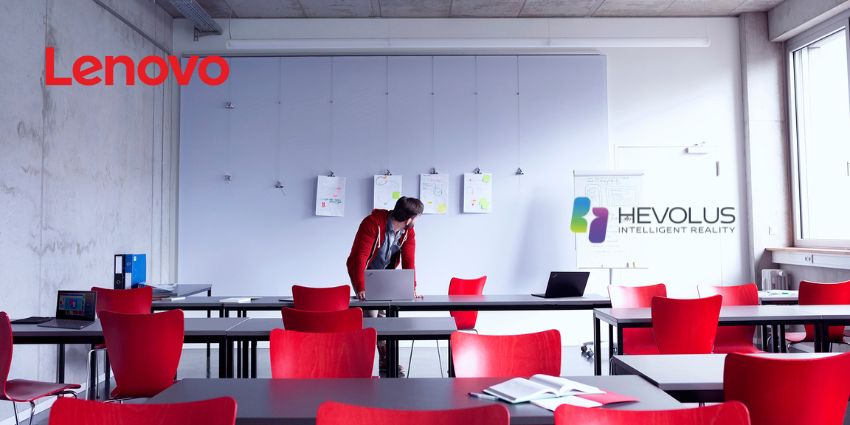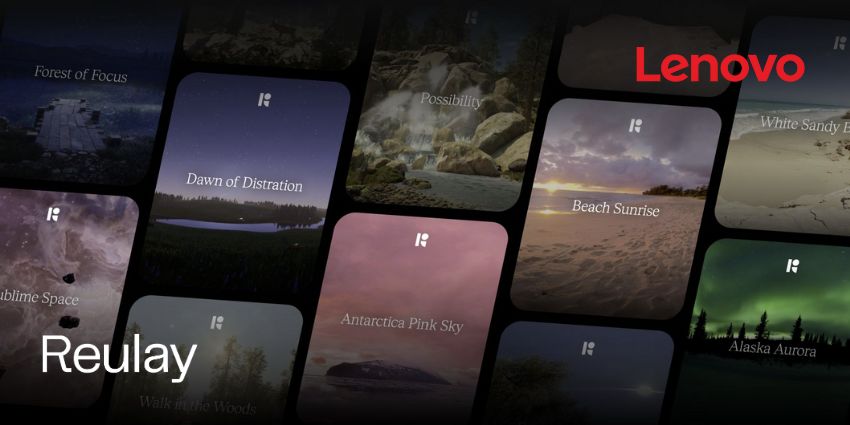Ecommerce is growing at an incredible rate. But what about VR ecommerce?
The size of the eCommerce market should reach around $5.4 trillion by next year alone. In 2020, when the pandemic hit, the evolution of ecommerce reached new heights. Customers everywhere are now more comfortable shopping online than they’ve ever been.
Unfortunately for companies, the rise of ecommerce opportunities also comes with an increase in shopper expectations. Today’s clients expect ecommerce to be convenient, efficient, and fast, but they also want to develop meaningful connections with the companies they buy from. That’s where virtual reality comes in.
Virtual reality in ecommerce will give companies the opportunity to connect with their consumers on a more personal level. We can use VR to showcase products like never before and walk clients through the process of setting up their new services.
So, what does the future of ecommerce VR look like?
The Growth of VR in Ecommerce
Some companies have been experimenting with VR for a while, but most only began to truly discover the potential of virtual reality in 2020, when the pandemic forced us all to look for new methods of consumer interaction. As a merchant, you need to provide more novel, meaningful relationships with your ecommerce clients, or risk losing them to the competition.
VR represents an exciting opportunity in the future of ecommerce experiences. Around 82% of companies using VR say the technology met or exceeded their expectations. As VR headsets become more affordable and accessible, virtual reality could be a natural evolution for ecommerce.
Just some of the opportunities include:
1. Virtual Stores
Often, running the perfect ecommerce store means bringing elements of real-world commerce into your digital landscape. While people want the convenience and speed of shopping online, they still want to feel like they’re engaging in meaningful interactions with businesses.
Virtual stores and showrooms allow customers to walk around an online store just like they would explore a physical space. They can pick up products and check them out from every angle, and even experiment with what items can do. For instance, a customer could use a lipstick sample on an avatar to get a better idea of what the color looks like in person.
Virtual stores create a unique experience for customers where they can gather more valuable information before making their purchase. Since around 58% of customers say they’re more likely to purchase a product after they’ve tried it first, VR tools could give ecommerce companies a fantastic way to empower their audience.
2. Building Brand Relationships
One of the biggest issues that ecommerce companies have faced for some time, is that it’s notoriously difficult to build emotional relationships with customers who are only interacting with you online. Although social media, email, and content marketing strategies can help, it’s hard to develop buy-in and customer loyalty without a comprehensive strategy.
Virtual reality could offer ecommerce companies a unique way to tell their story, showcase the functionality of their products, and demonstrate the benefits they have to offer. More than emotive videos and advertising campaigns, VR solutions allow ecommerce brands to place their customers within the heart of their business, where they can see and engage with new ideas.
VR also offers a fantastic point of differentiation for companies struggling to stand out in a cluttered marketplace. If you can engage with your audience in VR, you instantly move one step ahead of the competition.
3. Transforming Customer Service
For ecommerce companies selling a range of products, VR can be a wonderful way to improve customer service. As mentioned above, VR tools are great for creating virtual storefronts. You can build these stores for customers to interact with on their own, providing them with informative pop-ups to guide their decisions, or virtual assistants to answer questions.
Alternatively, you could use real-life agents in a VR setting to guide the customer through the purchasing experience. A personal fashion guide could walk a customer through picking pieces of designer clothing from a collection. A company selling the latest computer equipment could use an agent to talk customers through how different components work, complete with 3D models.
After the purchase, companies can even use VR as part of the onboarding and customer success process. VR demos and set-up guides can help customers discover all the best features of a product without a boring manual. If clients encounter issues, they can reach out for VR assistants to come and help them fix the problem.
4. Live Events and Expos
Another excellent way that an ecommerce company can use VR to transform customer interactions, is to give them access to live, virtual events, where they can explore all the benefits of a product like never before. Virtual events and expos are becoming increasingly popular, particularly in the wake of the 2020 pandemic. For B2B customers who need to explore technology in-depth before making an investment, this represents an excellent opportunity.
Companies willing to invest in the VR world can partner with other similar brands and sales teams to create incredible event experiences which attract the attention of investors, customers, and industry influencers alike. Just look at New York Fashion Week, for example, guests had the chance to virtually attend a show and see the latest collections via VR.
Event experiences will represent exciting opportunities for ecommerce companies to find new companies, suppliers, and teams to work with, while giving them new ways to reach their clients.
Unlocking the Future of eCommerce
Virtual reality is one of the most valuable tools in the ecommerce landscape, because it allows companies to replicate and enhance the physical and emotional experiences of being in a brick-and-mortar environment.
As VR experiences become more accessible and affordable, it seems likely that more ecommerce businesses will look for ways to take advantage of this new landscape. Whether for customer experience or sales strategies, there are plenty of opportunities to explore. The future of online selling could revolve around virtual reality, and immersive content.







